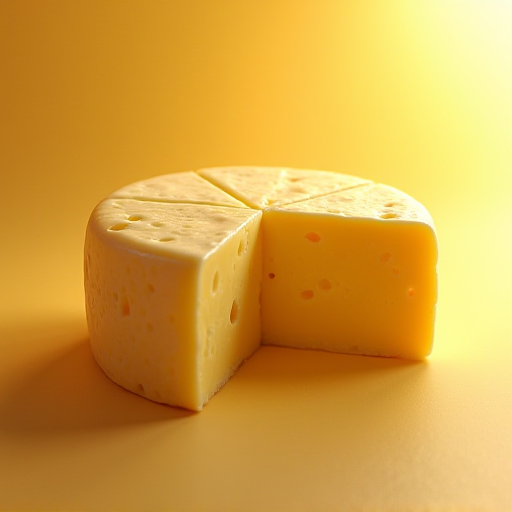
Why is Cheese Yellow?
Cheese is a beloved culinary staple enjoyed in various forms across many cultures. One of the most common characteristics people notice about cheese, particularly varieties like Cheddar, is its yellow or orange hue. However, not all cheese is naturally yellow, leading many to wonder why some cheeses have this distinctive coloration. This article explores the reasons behind the yellow color of cheese, delving into historical, chemical, and manufacturing influences.
The Natural Color of Cheese
Milk's Influence
Cheese is primarily made from milk, which is usually white or creamy in color. This coloration is due to the presence of casein, a milk protein, and the dispersion of fat globules. The natural color of cheese is influenced by the breed of the cow, its diet, and the processing methods used.
Beta-Carotene
Cows' diets play a significant role in the initial coloring of cheese. When cows consume grass, particularly fresh, green grass, it is rich in beta-carotene, a natural pigment and precursor to vitamin A. This pigment is fat-soluble, meaning it is stored in the fat of the milk. When milk from grass-fed cows is used to make cheese, the beta-carotene imparts a natural yellowish tint to it.
Seasonal Variations
Cheese made from milk during different seasons can have varying colors. In the summer, when cows graze on fresh pasture, milk contains higher levels of beta-carotene, resulting in naturally yellower cheese. Conversely, in the winter months, when cows are often fed hay or silage, the milk and consequently the cheese can appear whiter.
Historical and Cultural Practices
Cheddar Cheese and Color Standardization
The tradition of coloring cheese dates back several centuries, particularly with Cheddar cheese. In England, cheese producers began to notice that cheese made from summer milk was richer in color and flavor. However, during the winter months, the cheese was paler. To maintain a consistent appearance and meet consumer expectations, cheese makers started adding colorants.
Annatto: The Natural Dye
Annatto, a natural dye derived from the seeds of the achiote tree, became a popular choice for coloring cheese. It has been used since at least the 16th century. Annatto imparts an orange-yellow hue without affecting the flavor of the cheese. Its use spread from England to the United States, where it became a staple in coloring Cheddar and similar cheeses.
The Role of Modern Cheese Production
Consistency and Consumer Preference
In the modern cheese industry, coloring cheese serves primarily to meet consumer expectations and ensure product consistency. Many consumers associate the yellow or orange color with a certain flavor profile, particularly in Cheddar and Colby cheeses. As a result, cheese producers often add annatto or other food-safe colorants to produce a consistent product year-round.
Regulatory Standards
In many countries, the use of food colorants, including annatto, is regulated to ensure safety and transparency. Cheese producers are required to list color additives on their labels, allowing consumers to make informed choices about the products they purchase.
Conclusion
The yellow color of cheese is a combination of natural influences and historical practices. While some cheeses naturally have a yellow tint due to the beta-carotene in grass-fed cows' milk, others are colored using natural dyes like annatto to achieve a uniform appearance. This practice not only meets consumer expectations but also reflects a rich history of cheese-making traditions. Whether naturally yellow or dyed, the color of cheese adds to its appeal and cultural significance, making it a beloved food around the world.
